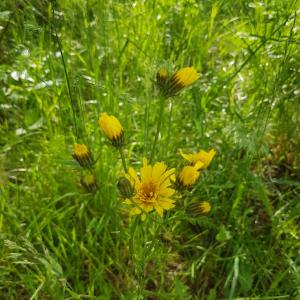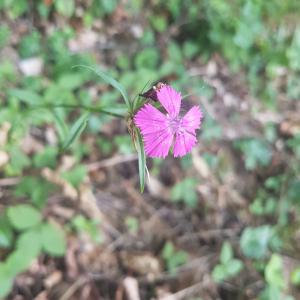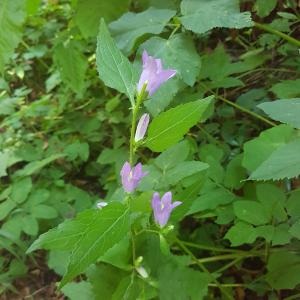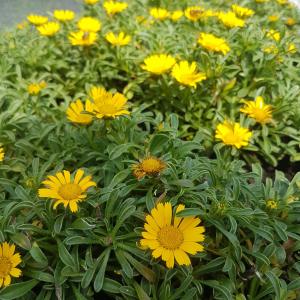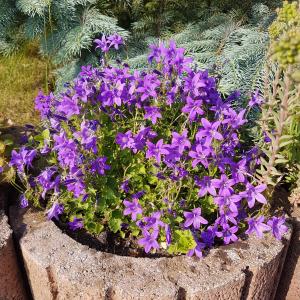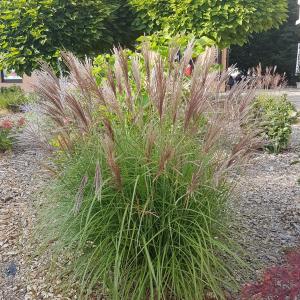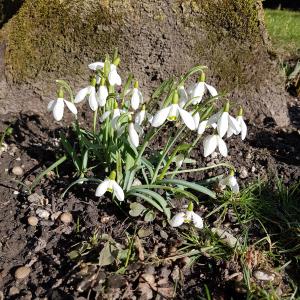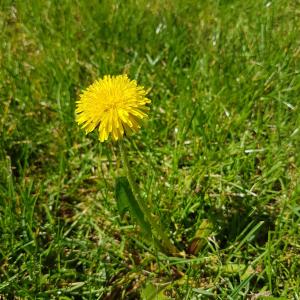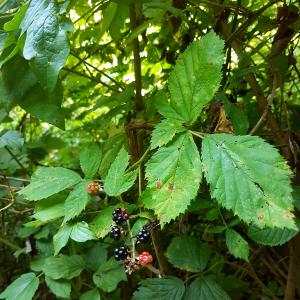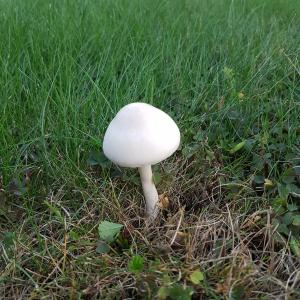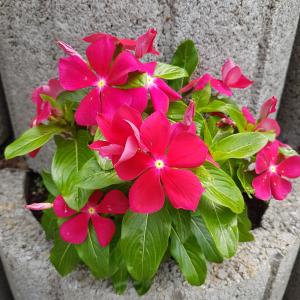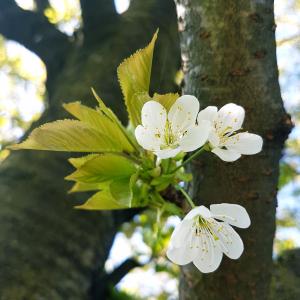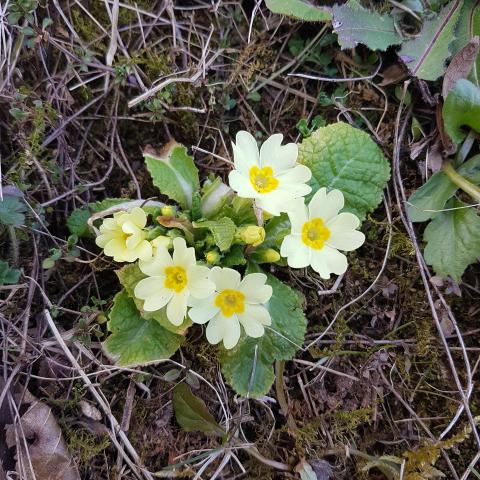
Primula vulgaris is a PERENNIAL growing to 0.3 m at a medium rate.
It is hardy to zone and is not frost tender. It is in flower from December to May, and the seeds ripen from April to August. The species is hermaphrodite (has both male and female organs) and is pollinated by Bees, Lepidoptera (Moths & Butterflies). The plant is self-fertile.
Primroses have a very long history of medicinal use and has been particularly employed in treating conditions involving spasms, cramps, paralysis and rheumatic pains. The plant contains saponins, which have an expectorant effect, and salicylates which are the main ingredient of aspirin and have anodyne, anti-inflammatory and febrifuge effects. This remedy should not be prescribed for pregnant women, patients who are sensitive to aspirin, or those taking anti-coagulant drugs such as warfarin. The roots and the flowering herb are anodyne, antispasmodic, astringent, emetic, sedative and vermifuge. An infusion of the roots is a good remedy against nervous headaches. The roots are harvested in the autumn when two or three years old and dried for later use. An ointment has been made from the plant and used for treating skin wounds.
Avilable photo size for
Free Wallpaper - Primula vulgaris
- width: 3024 px
- height: 3024 px

